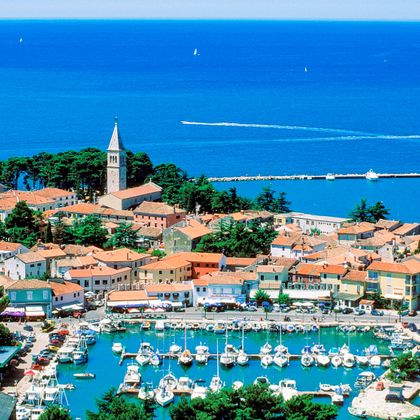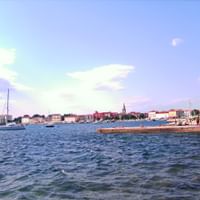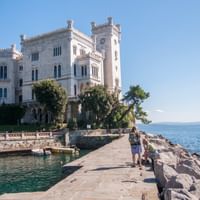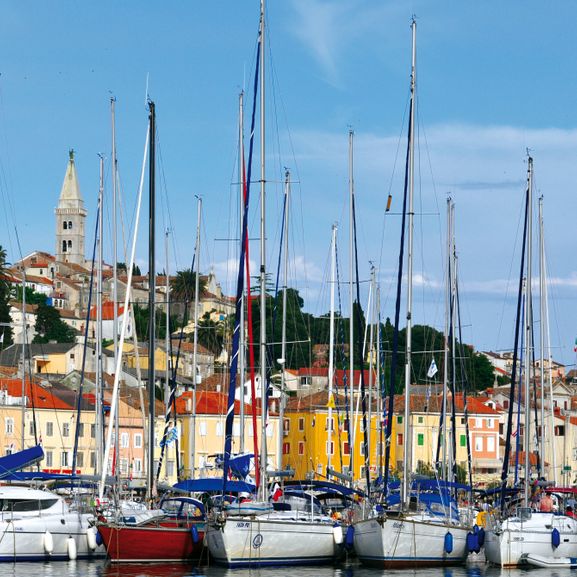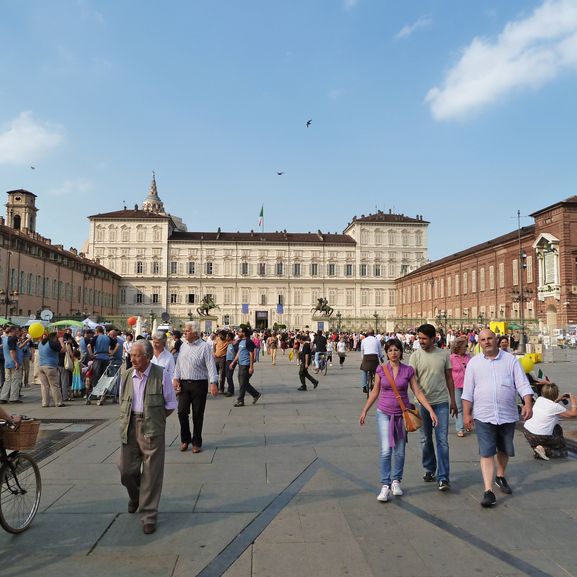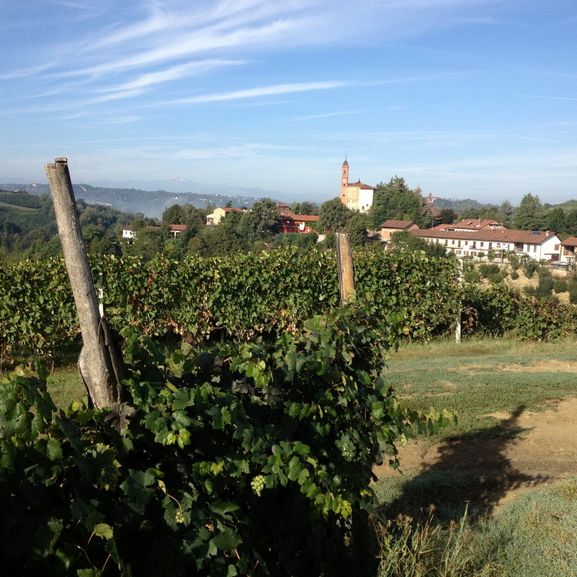Sunny and varied: cycling holidays in Istria
Biking trips in Istria
Istria is a popular destination on the Mediterranean. On our Istria cycling tours you will not only get to know the region from the beach perspective. The sun-drenched peninsula in the north of Croatia with its charming ancient old towns, fishing villages and seaside resorts and the varied green landscape is wonderfully suited to be explored by bike. Our cycling tours from Venice or from Trieste offer the opportunity to get to know the north-eastern part of the Italian and Slovenian coastal region as well. Or you can discover the wonderful hinterland of the peninsula with beautiful artist towns, the Limski Canal, the coastal region up to Pula and the National Park of the Brijuni Islands on our Istria radial tour tour from Porec. Culinary you can look forward to Mediterranean cuisine with truffles, seafood, aromatic spices and freshly baked bread.
Cycling in Istria
Your cycle tour takes you through Istria on cycle paths, little-used side roads and, very rarely, on routes with more traffic. Flat or hilly, the route takes you across the sun-kissed peninsula.

Romans and antiquity
Istria is a cultural region shared by Italy, Slovenia and Croatia. Ancient sites, fishing villages, seaside resorts, villages with towers on steep hills - you will discover all of this on our tours. The old town centre of Porec is a World Heritage Site: it is located on the peninsula of the former Roman colony Julia Parentium. There you will find the still Roman Decumanus pedestrian zone and the Euphrasian Basilica, which is covered in shimmering mosaics of precious stones. Pula is bursting with Roman ruins, especially the ancient amphitheatre. The Arena of Pula is the second largest in the Roman Empire and was built in the 1st century. On the Forum Square stands the Temple of Augustus, also built by the Romans. A little further on is the triumphal arch, the Golden Gate. The Istrian towns are little treasure chests that are waiting to be discovered.

Two-part or electronic, modern or traditional
You may hear some strange sounds: Istrian singing in two voices sounds strange because it is sometimes sung nasally. A tradition that can still be heard today at festivals by folklore groups and has been honoured with the title of intangible world heritage. Typical musical instruments that accompany the singing are sopele shawms, bagpipes, flutes and the tambura lute. However, Istria is primarily known for the numerous music festivals that take place throughout the summer: The Sea Star Festival in Umag attracts 70 artists on six stages, the Lighthouse Festival near Poreč offers mainly electronic music and the Rise Up Poreč Music Festival brings together the stars of the international music scene. Parts of the Dimension & Outlook Festival in Pula even take place in the arena.

Culinary
Istrian cuisine is, of course, Mediterranean and will delight you with a variety of fish and seafood dishes, but it is also about deliciously flavoured vegetables, black and white truffles and wine. The Phoenicians and Greeks were the first to cultivate wines here - the Istrians then continued this art. Malvasia, Teran and Muscat are the main varieties. So it's no wonder that you can see the shape of a vine in Istria, the largest peninsula in the Adriatic.
You shouldn't miss out on bread with local cheese and black truffles. Then perhaps a soup with porcini mushrooms from the surrounding forests and the typical Fuži pasta. Meat from Boškarin beef, which was saved from extinction, with vegetables literally melts in your mouth. A pumpkin roll is recommended for dessert. Of course, Malvasia wine goes well with all this. And perhaps a plum brandy at the end.
Gourmets will be particularly interested in the mysterious, legendary truffle tuber. The precious, coveted mushroom is the gold of the region. Black summer truffles can be found almost all year round, while white truffles are available from the beginning of September until the end of the year.

White, green, grey and red Istria
The beautiful peninsula is characterised by karstic hills and lovely, sunlit vineyards, green valleys and a rocky coastline, with small bays and beaches in between. Along the coast and on the islands grow green scrubland with holm oaks and strawberry trees and mainly pine forests. On one of our cycle and boat tours you will also visit the Brijuni Islands National Park. On the mainland there is a saline landscape park, which is a bird paradise. Inland, the scent of lavender and rosemary is often beguiling. Green everywhere, steep hills topped with towers, villages clustered around them and deciduous forests. The Motovun forest was once also important for the Venetian galley fleet, as it was built from local tree trunks. In the north, near Trieste, you pass through white Istria due to its limestone, and in the interior of the peninsula through green or grey Istria due to its sandstone soil, and in the south through red Istria, so called because of the colour of its arable soil on which vines and olive trees grow.

